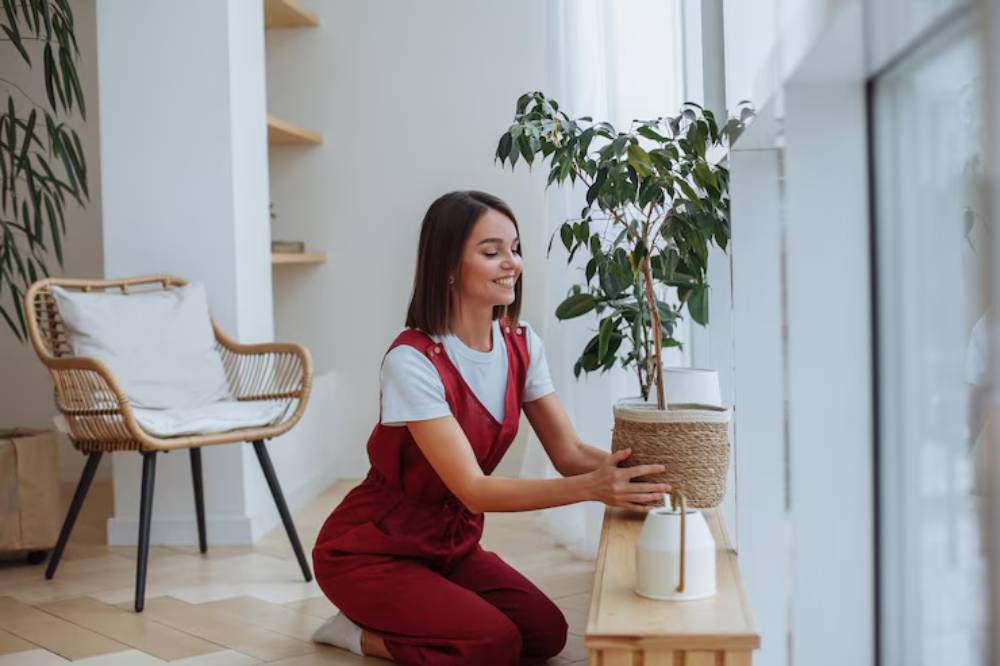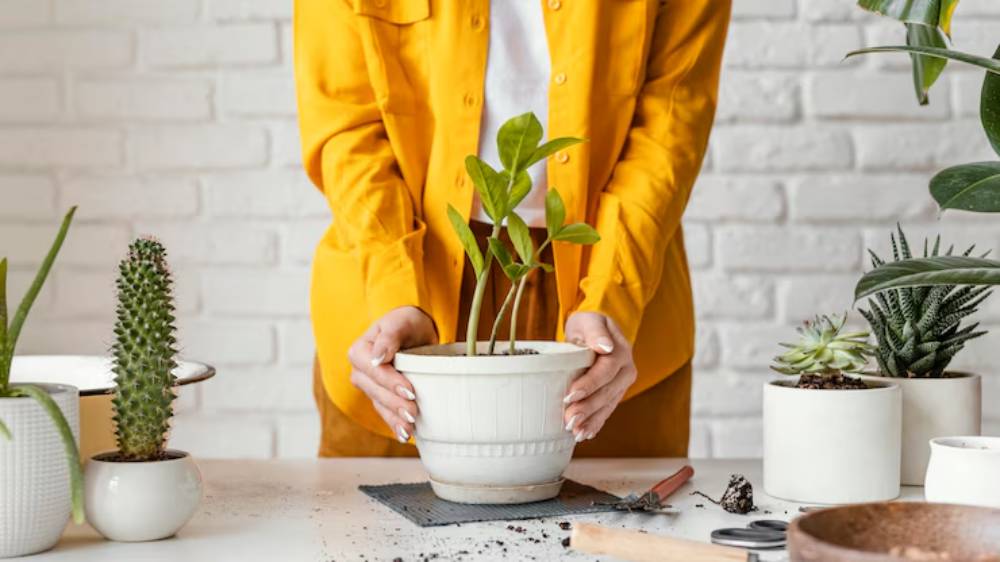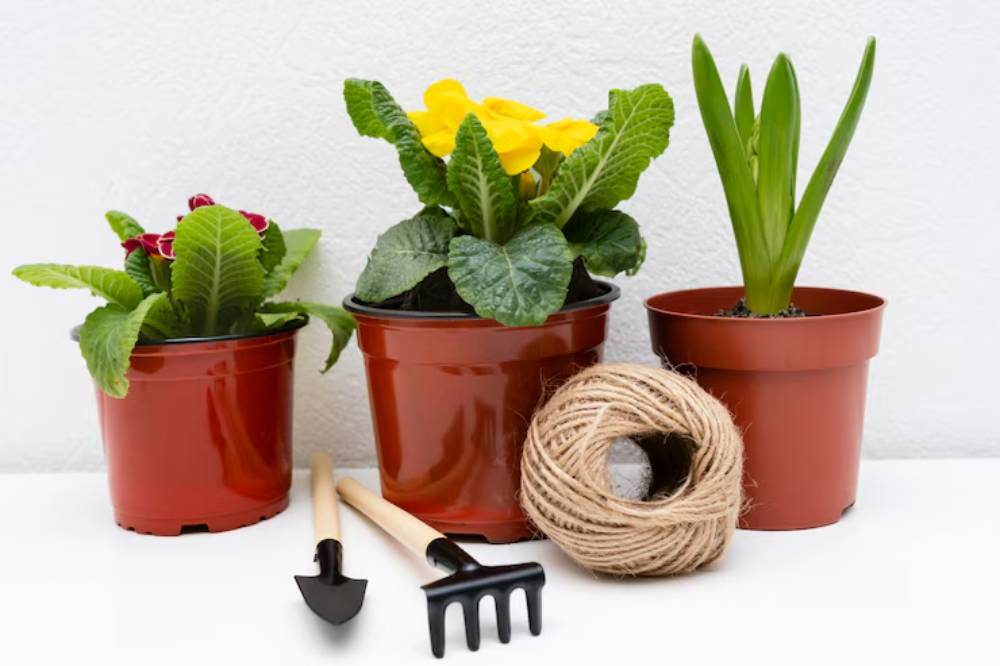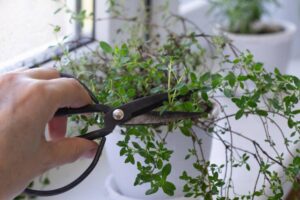The Interior Blog

How to Style Indoor Plants Like a Pro Interior Designer
Houseplants can do more than purify air — they can anchor a room, soften a corner, and turn an uninspired shelf into a styled focal point. The secret? Knowing how to blend their organic texture with your home’s visual rhythm. Interior designers don’t just plop a plant on a table — they curate, balance, and layer it with intention.
This guide will show you how to approach indoor plant styling like a design expert — using greenery to elevate your aesthetic, enhance flow, and make your space feel truly alive.
Understanding the Core: The Design Science Behind Greenery
Styling indoor plants is part art, part spatial logic. Designers consider colour, height, light, movement, and proportion when placing greenery.
A well-placed plant can serve as:
- A living sculpture in a minimal space
- A softener for hard lines or sharp corners
- A natural divider in open-plan rooms
- A textural contrast against sleek, modern surfaces
Plants introduce biophilic design elements — a concept rooted in connecting indoor environments to nature. According to a report by Terrapin Bright Green, incorporating natural features like greenery improves mental wellbeing, productivity, and comfort in living spaces.
Checklist at a Glance: Key Styling Steps
- Assess your space – light, layout, and usage zones
- Match the plant shape to the room function
- Use odd-number groupings for visual balance
- Play with height and layers
- Choose pots that match your decor palette
- Use shelves, stands, and hangers for elevation
- Avoid clutter — leave breathing space
- Swap plants seasonally for freshness
Step-by-Step Guide: How to Style Plants Like a Designer
1. Start with a room audit
Observe natural light, walkways, focal points, and corners. Designers often sketch or visualise the room’s flow before adding greenery.
Ask:
- Which spaces feel dull, stark, or flat?
- Where would a pop of life soften the view?
- Is there a visual imbalance that greenery could resolve?
Pro Tip: Take photos of your space before adding plants — they help you spot gaps and symmetry issues.
2. Choose plants based on function and form

Form follows function — even in greenery. Consider how a plant’s shape and behaviour match your room’s purpose.
- Tall, upright plants like fiddle-leaf figs work well in empty corners
- Trailing plants like pothos add drama to shelves or cabinets
- Compact, structured plants like snake plants suit entryways or small bathrooms
If you’re working with elevated surfaces, explore how to effectively style floating shelves with indoor plants for a visually layered yet minimalist effect.
3. Mix textures and heights for depth
Use at least three levels of plant placement: floor, table, and eye-level.
Add contrast with textures:
- Glossy vs matte leaves
- Broad vs feathery foliage
- Dense vs airy arrangements
Important Note: Avoid placing all plants at the same height — it flattens the design and makes it look static.
4. Use decorative planters as style anchors

Your pot is part of the decor. Think of it like a vase — choose shapes and colours that complement your furniture and theme.
- Earthy ceramics for boho or natural spaces
- Metallics or monochrome for modern minimal homes
- Woven baskets for coastal or Scandinavian looks
Pro Tip: Invest in a consistent planter colour scheme to tie your styling together.
5. Layer plants like accessories
Just like throw pillows or wall art, plants can layer with other decor elements:
- Place a plant beside a stack of books
- Anchor a mirror with a tall leafy specimen
- Add greenery to kitchen counters beside wood or ceramics
Best Practices & Additional Insights
- Design tip from the field: Professional decorators often add plants last during a styling session — this helps them read the room’s composition and fill gaps with life and movement.
- Styling analogy: Think of your home as a stage. Plants are the actors that add emotion, flow, and subtle motion.
- Visual balance hack: Use mirrors behind leafy plants to amplify their visual presence without adding more clutter.
- Real-world example: A rubber plant placed in a woven basket in a neutral-toned living room can unify rustic textures with modern edges.
For a more dramatic approach, try styling fiddle leaf figs and other bold plants to create living focal points that anchor the room and reflect your design personality.
FAQs
1. What are the easiest plants to style with?
Pothos, ZZ plants, peace lilies, and snake plants are beginner-friendly and visually versatile.
2. How do I make a room feel cohesive with plants?
Stick to a colour palette for planters and avoid mismatched materials. Group similar styles across the space.
3. Can plants replace artwork in decor?
Yes! Large statement plants or well-designed green walls can serve as living artwork.
4. What’s the best way to style plants in open-plan homes?
Use plants to zone areas — like placing a tall palm between a lounge and dining zone.
5. Should I change plant placements seasonally?
Definitely. Light shifts across seasons — plus swapping plants freshens the look.
Conclusion
Styling indoor plants isn’t just about aesthetics — it’s about creating harmony between natural life and built space. With thoughtful placement, the right mix of shapes and textures, and a designer’s eye for composition, your plants can do more than just sit pretty — they can transform the mood and flow of your home.
The best part? You don’t need to be a professional interior designer to make it work. Just tune into your space, trust your eye, and let your love of greenery lead the way.
Inspired to refresh your space? Try re-styling one corner this week and see the difference a single plant can make.









